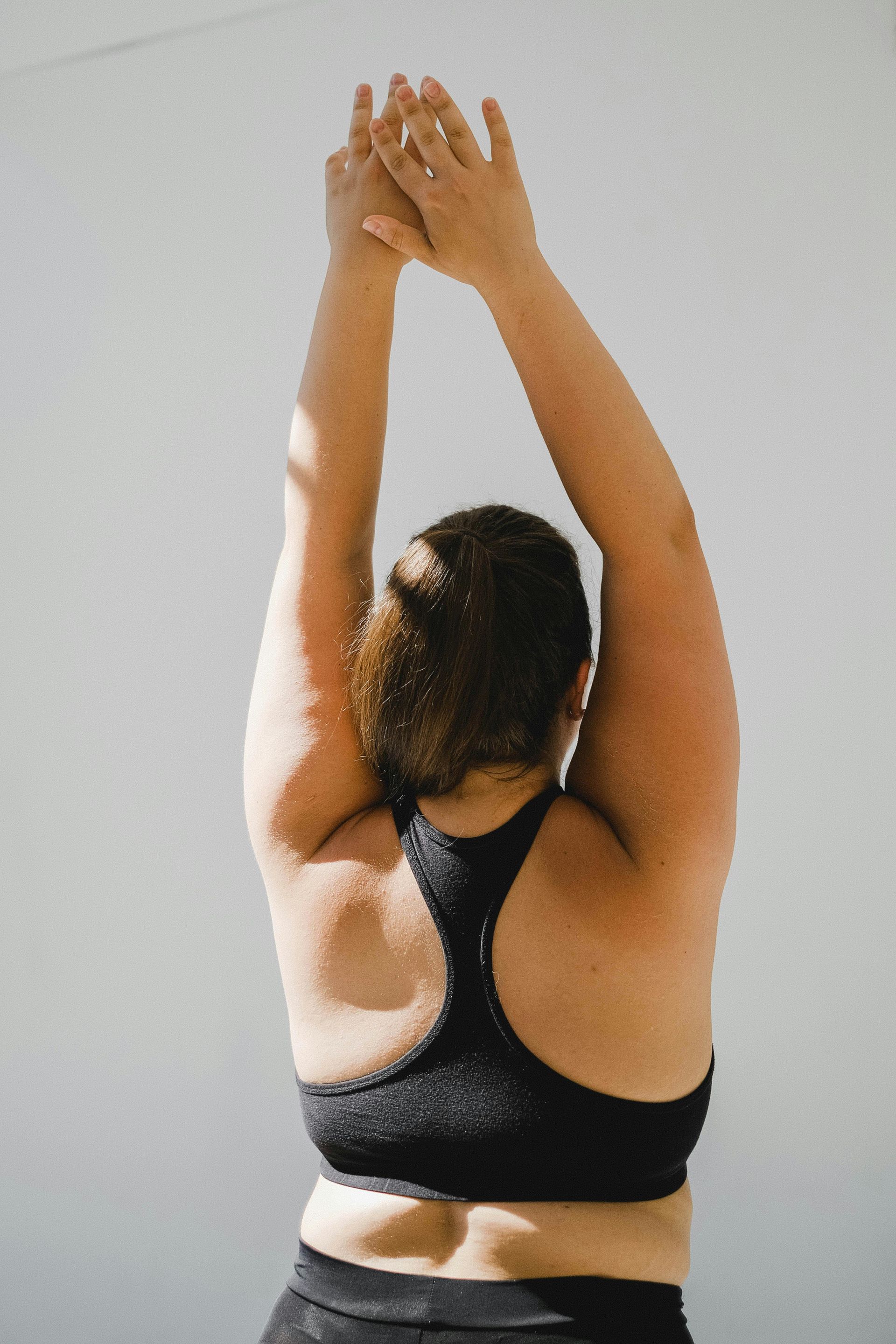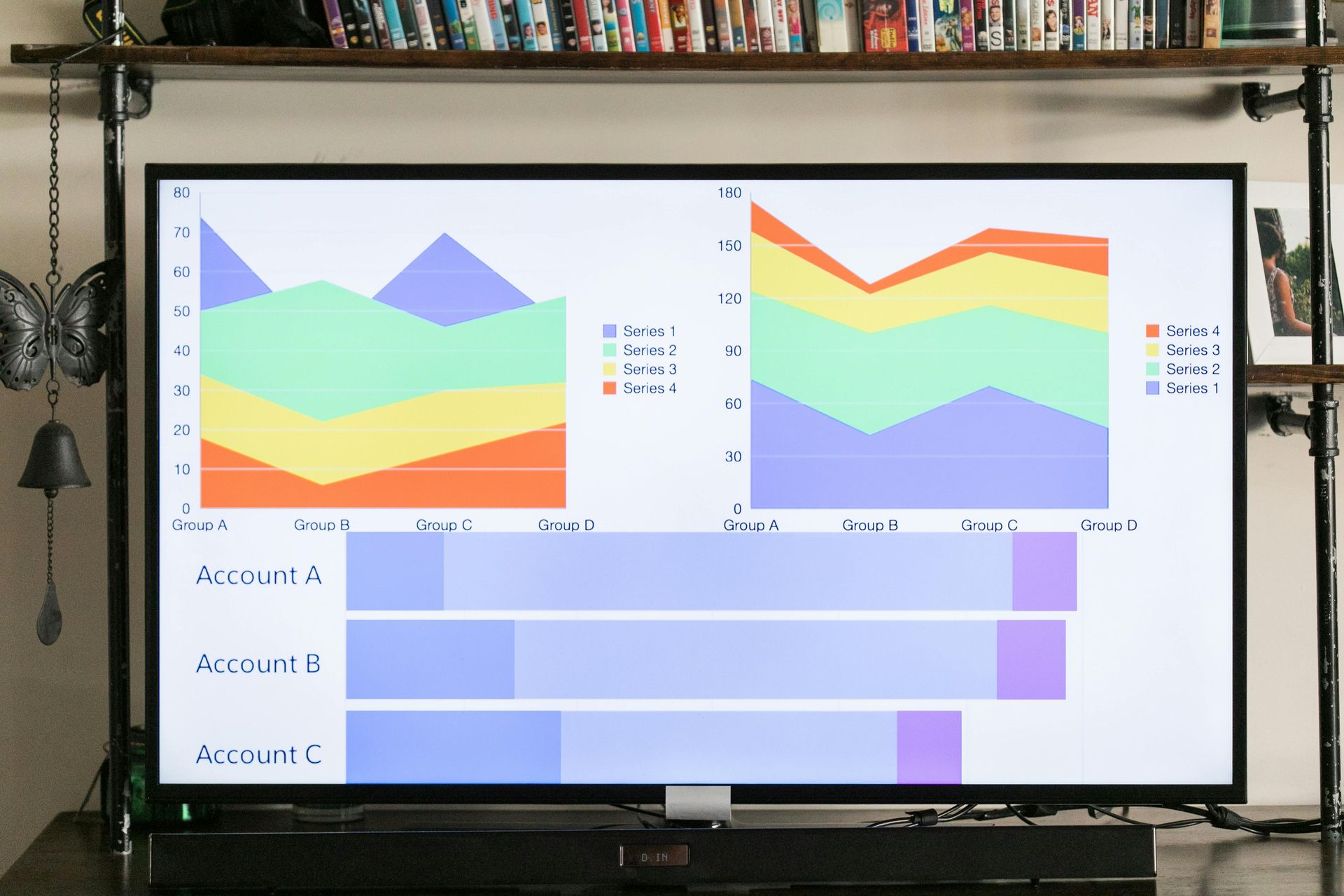How to Have a Healthy Thanksgiving Without Feeling Deprived
Thanksgiving is one of the hardest holidays for people trying to lose weight or stay on track with a medical weight-loss program. The food is rich, the portions are huge, and everyone around you seems ready for a long afternoon of eating and sitting. But Thanksgiving does not have to undo your progress. With a little planning, you can enjoy the day, eat great food, and still feel proud of your choices.
Patients on GLP-1 medications like semaglutide or tirzepatide often find Thanksgiving easier than they expect. These medications help you feel full sooner and reduce the urge to overeat. Instead of grazing all day, you can enjoy the foods you love in smaller portions that feel satisfying. The goal isn’t to avoid the holiday—it’s to approach it with structure.
One of the most important habits is starting the day with a real breakfast. Many people skip breakfast because they want to “save calories” for dinner, but that usually leads to overeating later. A simple protein-rich breakfast—Greek yogurt, eggs, or a protein shake—keeps you steady until the big meal. Staying hydrated is just as important. A glass or two of water before heading to a family gathering helps prevent mindless snacking.
When it’s time for Thanksgiving dinner, your best strategy is to build your plate around protein. Turkey is naturally lean and filling. Once you’ve served yourself a good portion of turkey, choose two or three side dishes that you truly enjoy rather than scooping up everything “just because.” GLP-1 medications make it easier to stick to smaller servings because the usual holiday cravings feel less intense.
Movement also helps you feel better throughout the day. You don’t need a full workout. A short walk before or after dinner improves digestion and keeps your energy up. Even a fifteen-minute family walk can make a big difference.
One question patients always ask is whether there are any Thanksgiving dishes that are both healthy and good enough to bring to a family gathering. The answer is yes, and one of my favorites is a roasted vegetable side dish that is simple, colorful, and full of flavor. It tastes rich without being heavy, and most people don’t realize it’s a healthier option.
Here’s an easy recipe you can use:
Healthy Roasted Sweet Potatoes and Brussels Sprouts with Maple-Balsamic Glaze
Ingredients:
2 cups Brussels sprouts, trimmed and halved
2 cups sweet potatoes, peeled and diced
2 tablespoons olive oil
1 teaspoon salt
½ teaspoon black pepper
1 tablespoon balsamic vinegar
1 tablespoon pure maple syrup
Optional: a small handful of toasted pecans or walnuts
Instructions:
Preheat your oven to 425°F. Toss the Brussels sprouts and sweet potatoes in olive oil, salt, and pepper. Spread them out on a baking sheet in a single layer. Roast for about 25–30 minutes, stirring halfway through, until the vegetables are browned and tender. In a small bowl, stir together the balsamic vinegar and maple syrup. Drizzle the mixture over the hot vegetables when they come out of the oven. Add toasted pecans or walnuts if you want extra crunch.
This dish hits the sweet-and-savory Thanksgiving flavor people love, but it avoids the heavy butter and sugar found in many traditional casseroles. It’s colorful, satisfying, and pairs perfectly with turkey.
Thanksgiving should be enjoyable, not stressful. With GLP-1 medications helping control appetite, and a little bit of planning around meals and movement, you can have a holiday that feels both delicious and healthy. Small choices add up, and staying consistent on holidays makes your long-term progress even stronger. You don’t have to choose between celebration and your goals—you can have both.
Click here if you want to get started today!
This post is not medical advice. Please consult a doctor before making any healthcare decisions.














